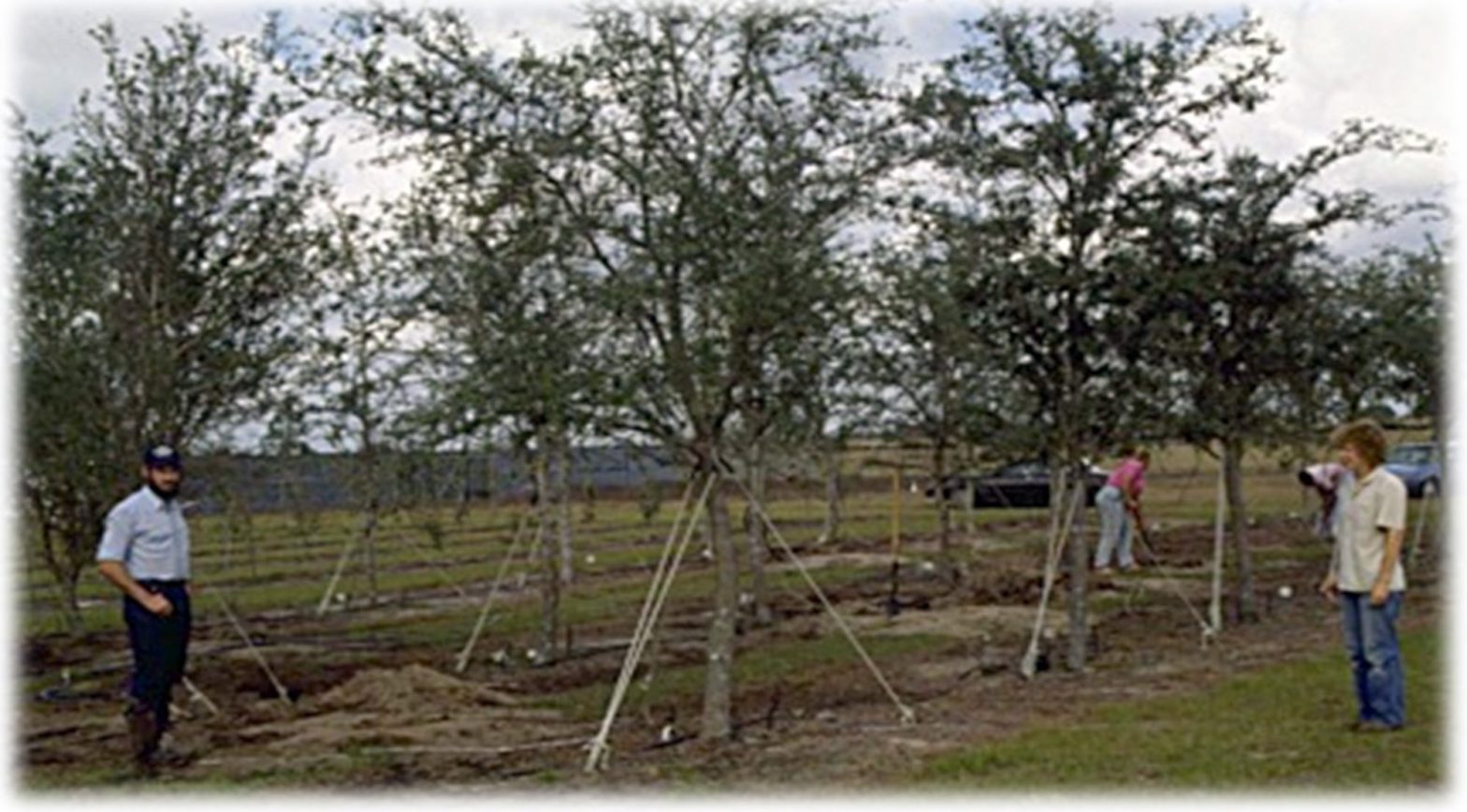CRESTVIEW — Fall is an excellent time to plant shrubs and trees.
Trees and shrubs grown in containers can be planted any time, but when planted in spring or summer, they often have to struggle to absorb the water and nutrients their growing tops need. As new roots begin to grow out of the container shape, they send much of the nutrients and water that they absorb upwards to be used for top growth (new shoots, leaves, flowers, etc.). Little is left to grow more roots.

As the top gets too big for its roots, the inevitable spell of hot, dry weather brings on the real test: the increased demands by the top of the plant will outstretch the supplies the roots can provide. The plant may begin throwing off foliage and abandoning branches in an attempt to survive.
If you plant now through December, with average weather, the plant has a much better chance. The key is that the roots don't go dormant. They continue to grow and develop throughout the winter. And because the top is dormant for the winter (tops of even evergreen plants go dormant) there is little demand on the roots.
Fall-planted ornamentals normally have a supply of carbohydrates and other food substances stored in their roots from the past growing season. So, with little demand from the tops, the roots are able to grow and become well established before the next spring.
When you plant in the fall, do almost everything exactly as you would do in the spring. The big difference is that you may not want to fertilize when you plant in the fall. Wait until after the plants are well established. Also, you don't need to prune unless there are structural problems or damaged branches you need to remove.
You don't want to encourage foliage growth, but root growth, during the fall and winter. All other cultural practices would be the same as if you were planting in spring.
After the plant is properly planted, be careful to water as much as it needs. Continue to water as needed through the fall and winter. Remember rain counts. All you’re doing in watering is to supply supplemental irrigation in the absence of sufficient/adequate rain fall, not to water when rain has already done the job of supplying the needed water. Keeping plant roots too wet is just as bad a letting the roots become overly dry. The end result is the same, plant failure.
Plants can be much more forgiving if you're a day late watering them in the fall. The real test won't come until next summer.
Larry Williams is an agent at the University of Florida's Institute of Food and Agricultural Sciences Extension office in Crestview.
This article originally appeared on Crestview News Bulletin: EXTENSION CONNECTION: Shrubs, trees planted in fall get a head start
